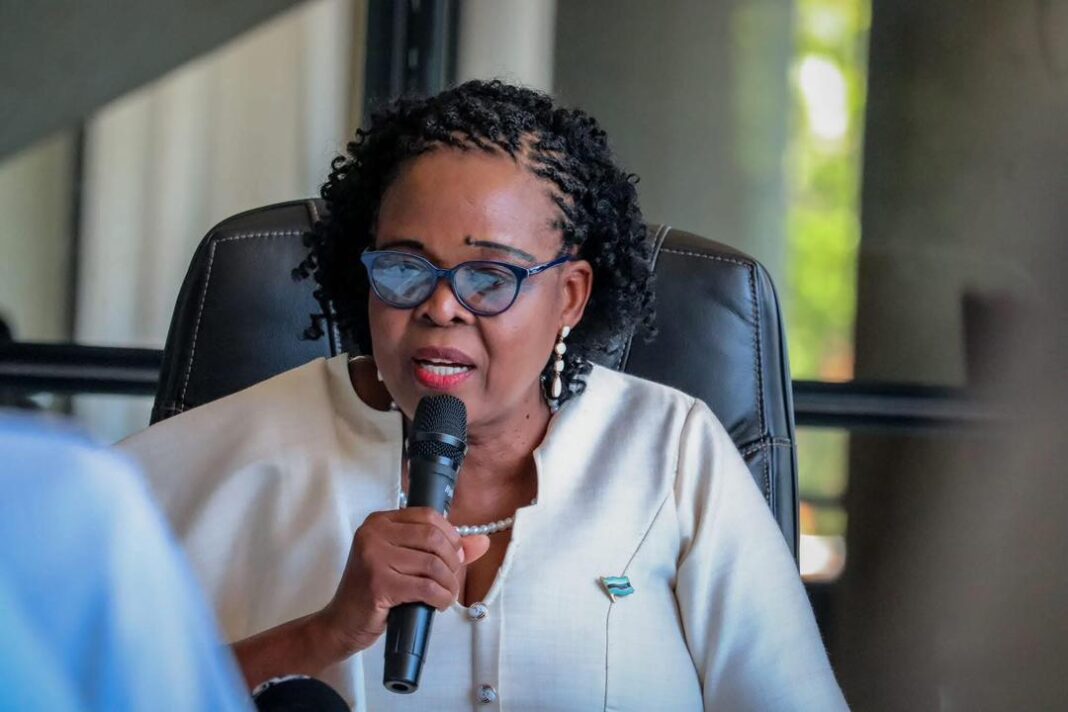Botswana is currently executing its most fundamental strategic shift in the energy sector, moving decisively away from its historical reliance on coal-fired power toward renewable generation, securing a new trajectory of energy resilience and export orientation. The long-term ambition is monumental: to source 50% of the nation’s total electricity supply from renewables by 2030, transforming the country from a net energy importer into a green energy hub for Southern Africa.
This transformation is underpinned by both modernization of existing assets and massive investment in future capacity. While the government remains committed to national self-reliance, ensuring domestic demand is met, it is undertaking extensive rehabilitation and modernization of the Morupule A and B power stations. The goal is not simply to keep the coal plants running but to make Morupule B “super optimal,” operating at 95% capacity to reliably deliver approximately 600 megawatts during the transition phase. This dual strategy ensures stability while the green shift accelerates.
The centerpiece of the renewable expansion is the groundbreaking ZemPower Energy Project, a colossal USD $7 billion private initiative. This project is set to deliver up to 5.2GW of solar photovoltaic capacity alongside 15GWh of integrated battery storage. Scheduled to begin construction in April 2026, ZemPower is designed to meet both domestic energy needs and unlock significant new revenue streams by positioning Botswana as a major power exporter within the Southern African Power Pool (SAPP). This capacity will be further bolstered by smaller, critical projects like the Tati Solar 100MW Power Plant near Francistown, which is strategically located within a Special Economic Zone to maximize incentives and will sell electricity on the SAPP Day-Ahead Market, guaranteeing hard currency revenue.
Crucial to the financial viability and long-term security of this energy transition is a landmark partnership with the Sovereign Wealth Fund of Oman (OIA). Announced in November 2025, the OIA will finance the development of a major 500MW solar and battery storage project. This initiative carries enormous fiscal implications, as the resulting reduction in the cost of electricity production is expected to eliminate the need for annual government subsidies to the Botswana Power Corporation (BPC), which currently amount to approximately US$75 million per year. This fiscal relief will not only save the government money but also stabilize the base-load grid, allowing BPC to operate profitably and sustainably.
The government has already secured 1,300MW of renewable energy sites, with feasibility studies and land allocation complete for strategic locations such as Maun, Letlhakane, and Isang. Furthermore, Botswana formally submitted its application for Renewable Energy Certificates (I-RECs) in 2025. This step is key to monetizing the country’s clean energy generation, enabling alignment with international carbon markets and attracting ESG-focused investment capital. This aggressive move toward green power is complemented by efforts to strengthen national fuel security, including the expansion of strategic fuel stocks from 15 days to a long-term target of 90 days, supported by the near-completion of the Francistown Petroleum Depot. All these efforts combine to ensure energy independence, regional influence, and a sustainable economic future.



